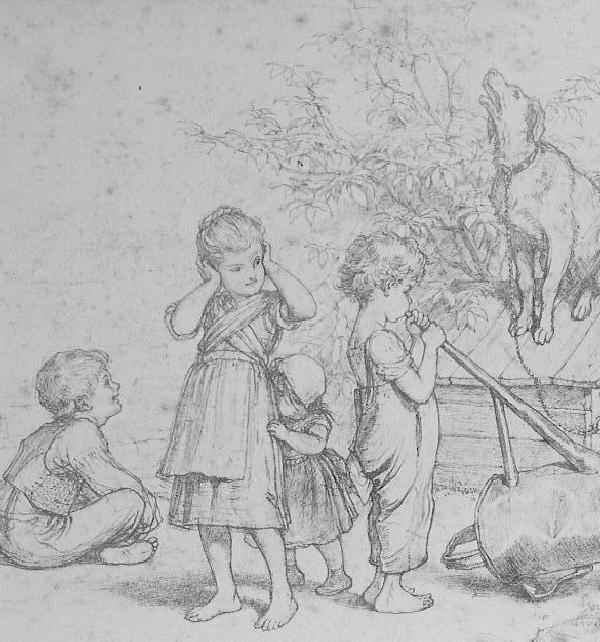
Figure 1.--the very realistic deawingd by Albert Louis Ulrich Henschel (1834-19??) often show younger children in rural areas going barefoot. Most of the drawings were done in the 19th century. |

|
Images from the 19th century commonly show German boys going barefoot. We note many images of younger German boys and girls going barefoot, especially in rural areas. We note relatively few German children going barefoot in the 20th century, except in times of economic distress, especially after World War I and II. We especially notice German boys going barefoot both before and after World War I, at least into the 1920s. We see far fewer German boys going barefoot in the 1930s after the NAZIs seized power. We are not sure at this time how to assess this trend. Many boys went barefoot in the post-World War II era because of the collapase of the German economy. By the 1950s it becomes rare to see German boys going barefoot, although many boys wore sandals.
Images from the 19th century commonly showcGerman boys going barefoot. the very realistic deawingd by Albert Louis Ulrich Henschel (1834-1883) often show younger children in rural areas going barefoot. Most of the drawings were done in the 19th century. We note many images of younger German boys and girls going barefoot, especially in rural areas. Comparing 19th and 20th century images show just how much the Industrial Revolution changed Germany. While industrial wages were low by modern standards, they were enough to significantly improve living standards. Intwrestingly, this is not the image commonly presented in the popular literature.
We note relatively few German children going barefoot in the 20th century. We note some children, especially in working-class urban areas and rural area. Most children as far as we can tell from the photographic record wore shoes to school, except in times of economic distress, especially after World War I and II. We especially notice German boys going barefoot after World War I, at least into the 1920s. We see far fewer German boys going barefoot in the 1930s after the NAZIs seized power. Rarely do you see HJ boys going barefoot. We are not sure at this time how to assess this trend. Many boys went barefoot in the post-World War II era because of the collapase of the German economy. By the 1950s it becomes rare to see German boys going barefoot, although many boys wore sandals. With the German economic miracle of the 1950s, you almost never see children going barefoot.
Navigate the Historic Boys' Clothing Web Site:
[Return to the Main German barefoot page]
[Return to the Main barefoot page]
[Introduction]
[Activities]
[Biographies]
[Chronologies]
[Countries]
[Style Index]
[Bibliographies]
[Contributions]
[FAQs]
[Glossaries]
[Images]
[Links]
[Registration]
[Tools]
[Boys' Clothing Home]
Navigate the Historic Boys' Clothing Web chronological pages:
[Return to the Main Chronology page]
[The 1800s]
[The 1810s]
[The 1820s]
[The 1830s]
[The 1840s]
[The 1850s]
[The 1860s]
[The 1870s]
[The 1880s]
[The 1890s]
[The 1900s]
[The 1910s]
[The 1920s]
[The 1930s]
[The 1940s]
[The 1950s]
Navigate the Historic Boys' Clothing Web style pages:
[Skelton suits]
[Tunics]
[Eton suits]
[Kilts]
[Sailor suits]
[Knickers]
[Short pants suit]
[Long pants suits]
